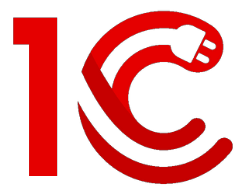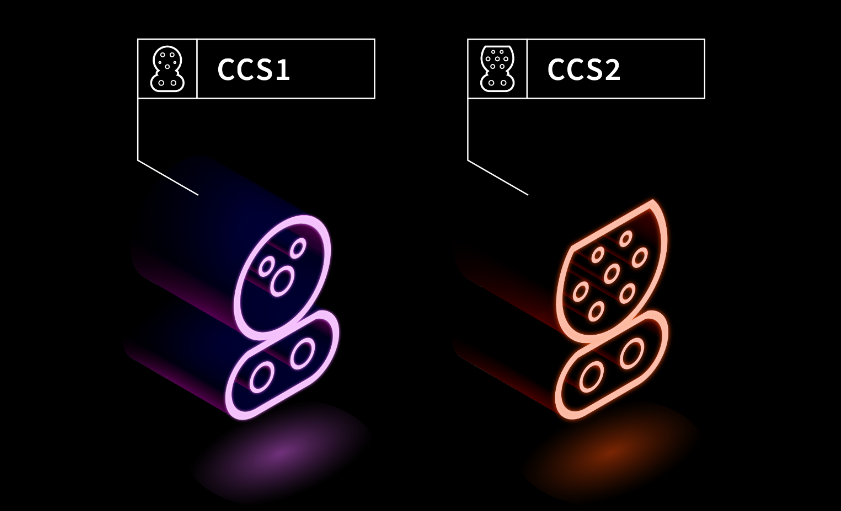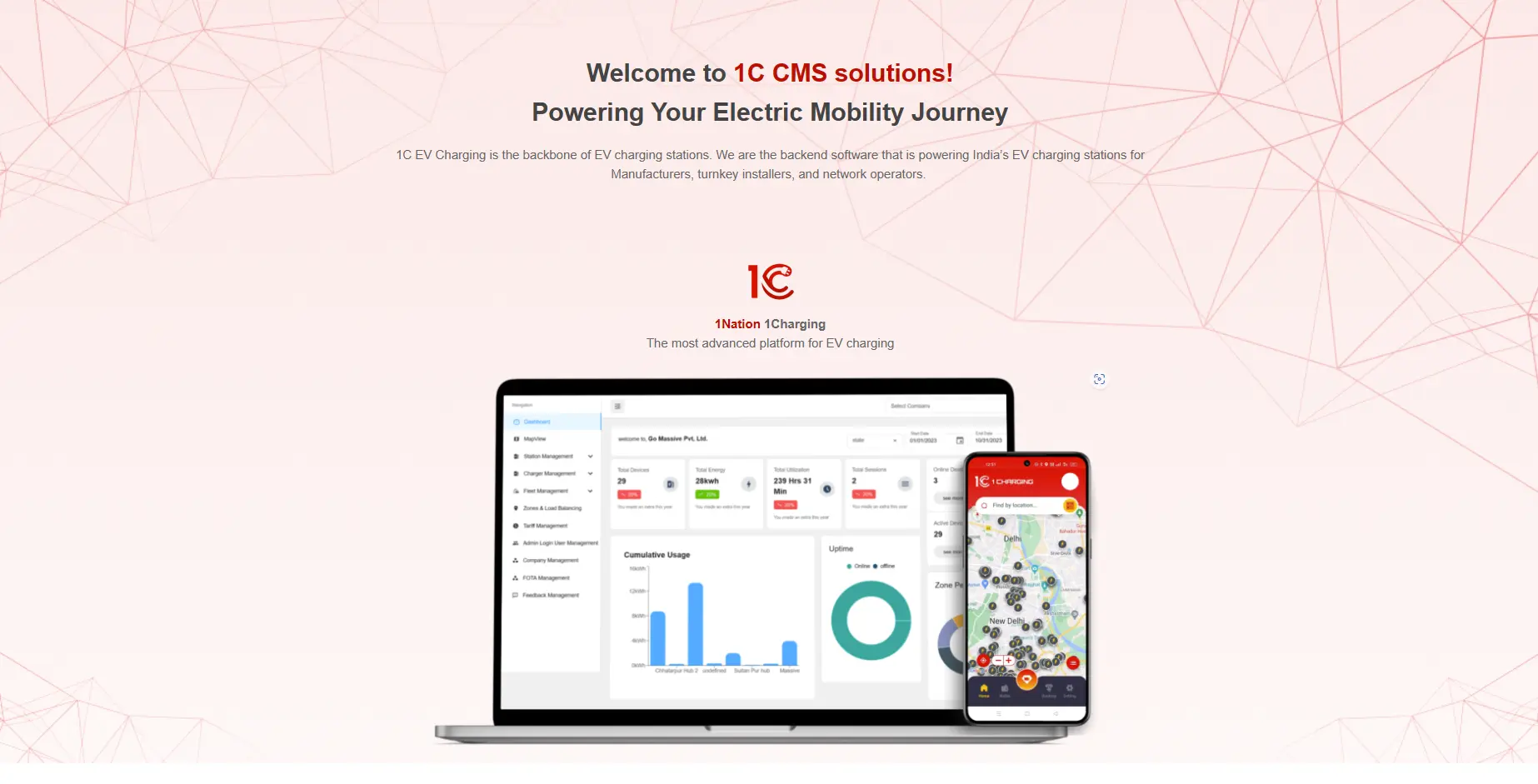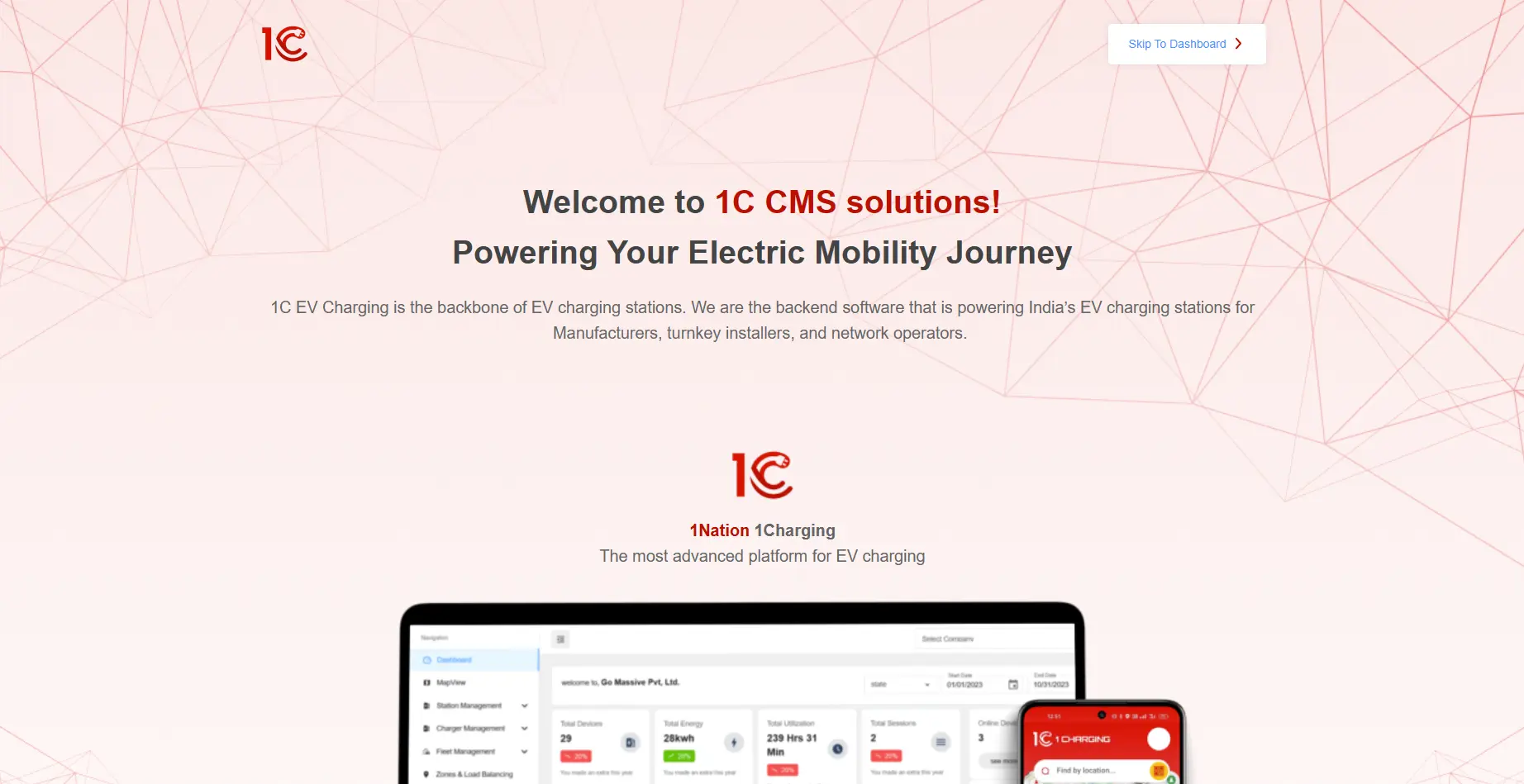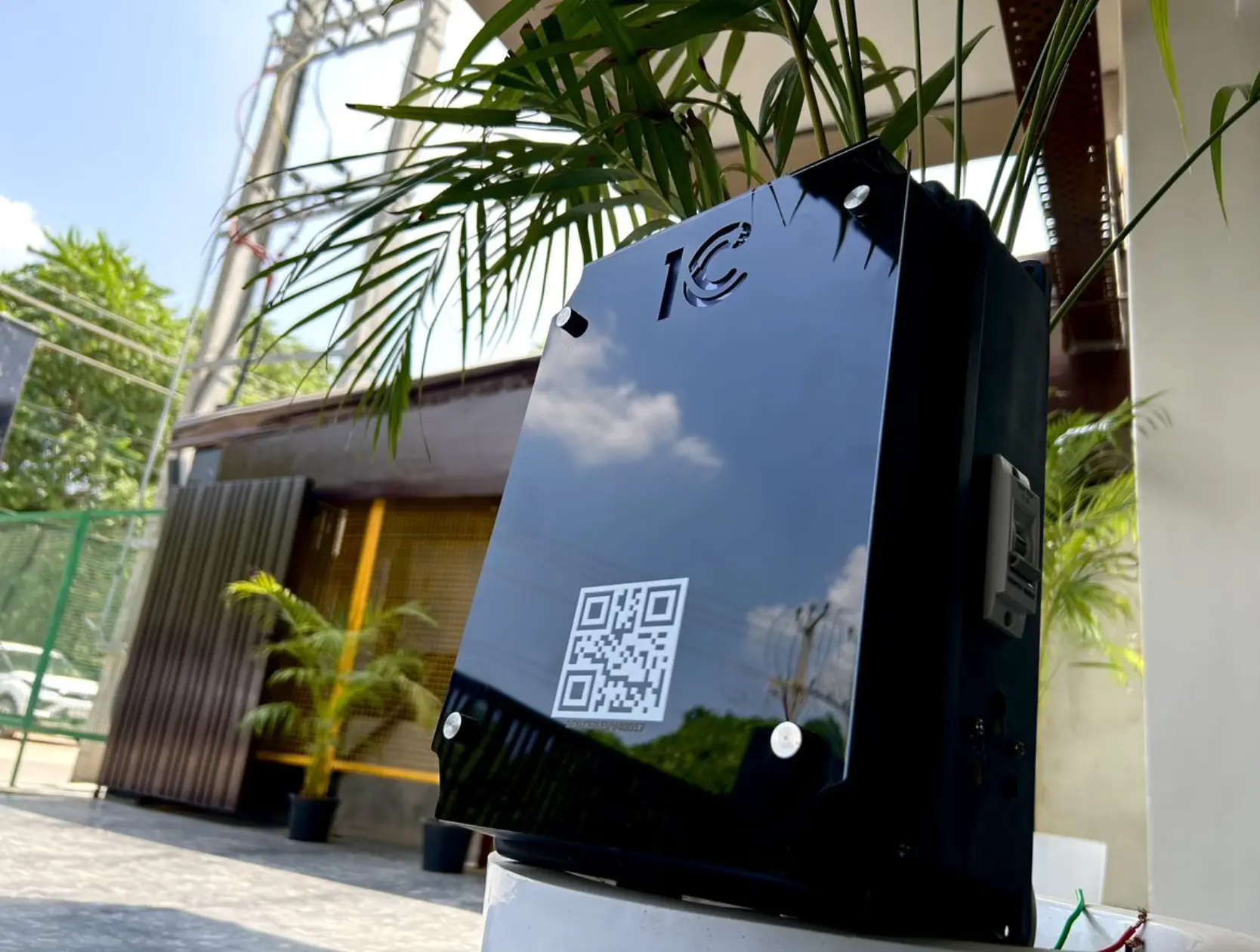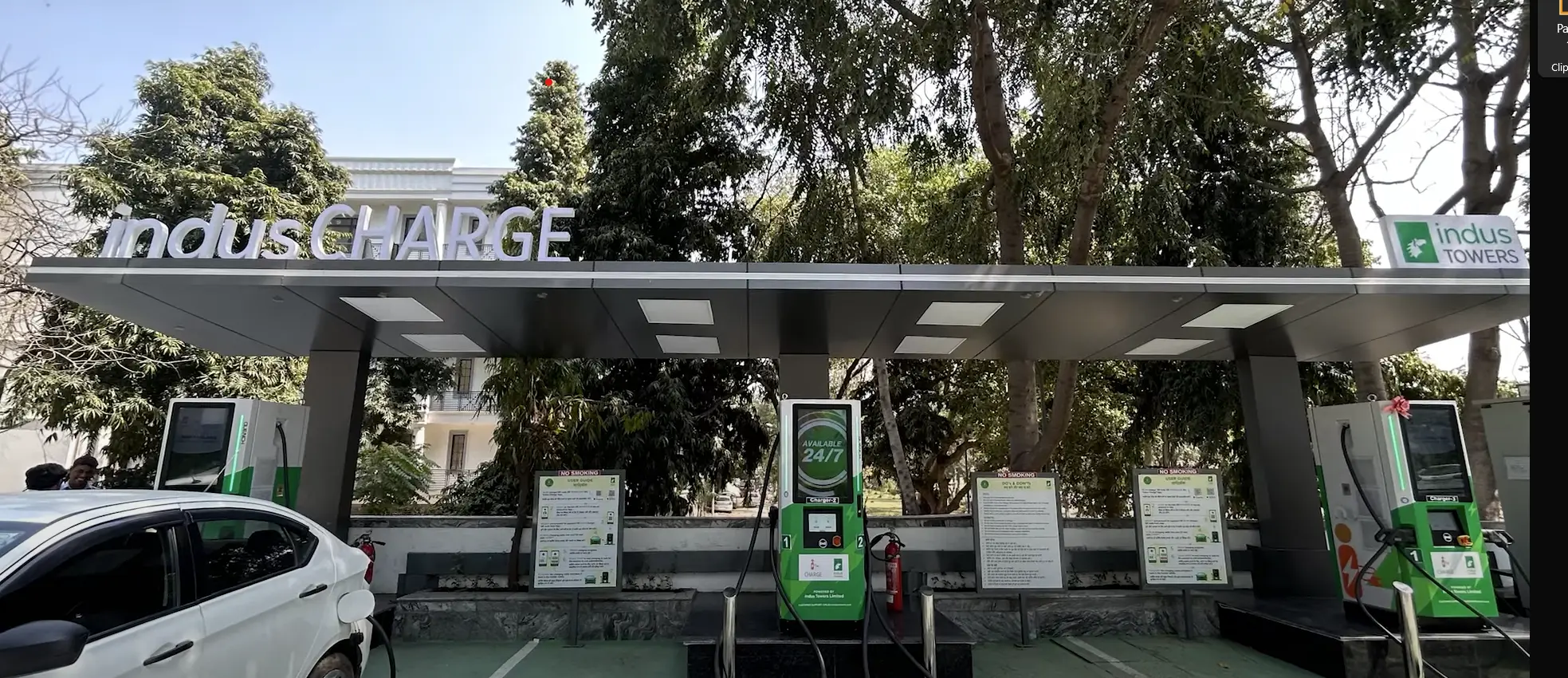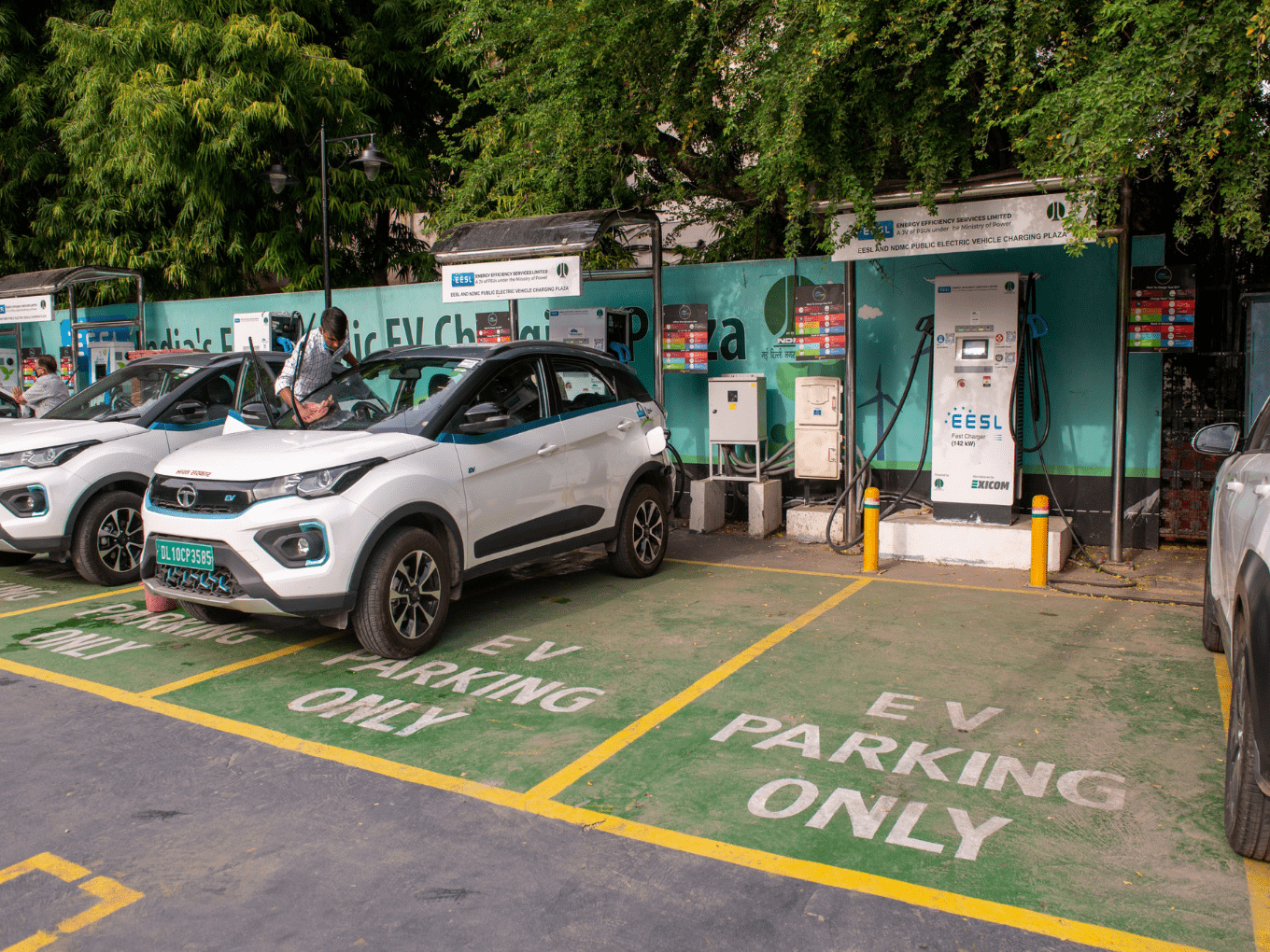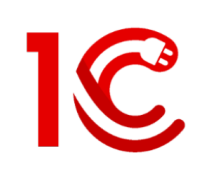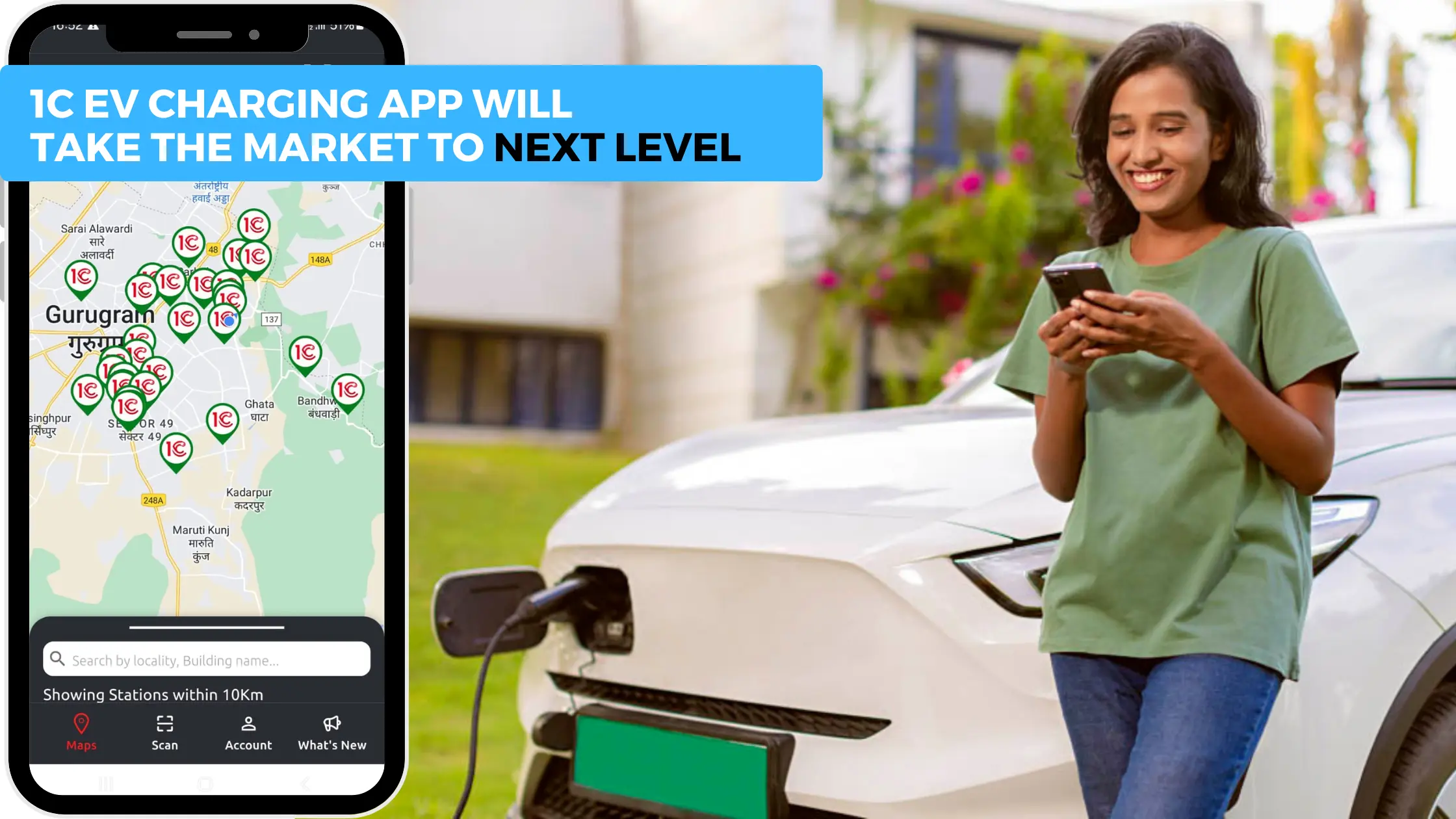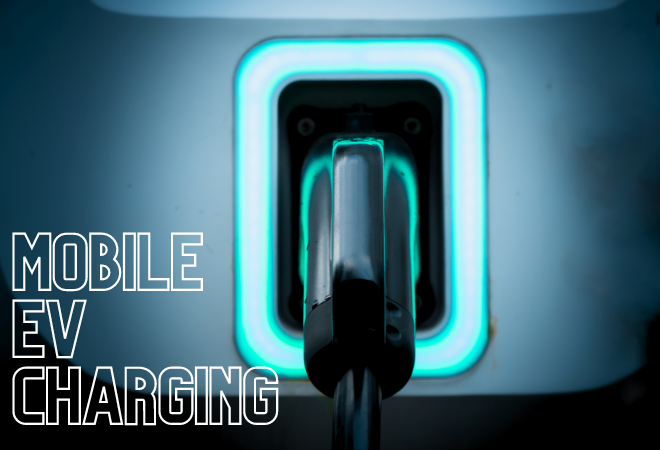How Unstandardized Payment Gateway is Hurting EV Charging
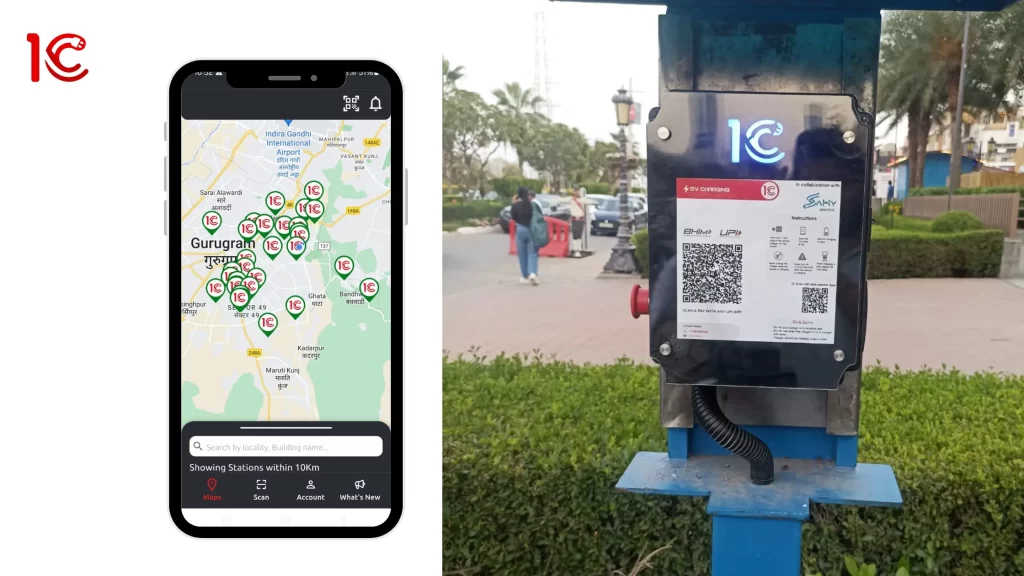
The electric vehicle (EV) revolution is underway, with governments and consumers embracing cleaner transportation. However, a hidden hurdle threatens to disrupt this momentum: the lack of standardisation in EV charging payment gateways. This inconsistency creates a fragmented experience for drivers, hindering widespread EV adoption.
Download the 1C EV Charging App from:
The Problem: A Maze of Payment Options
Imagine pulling up to a gas station. You don’t need to fumble with different apps or memberships; you swipe your card and fill your tank. This seamless transaction is what EV charging currently lacks. Unlike the standardised gas station experience, EV charging stations often require a specific app or membership card for payment. This creates a frustrating maze for drivers, who may need to juggle multiple apps and accounts depending on the charging network they encounter.
Recent Happenings: Highlighting the Issue
The lack of standardisation has recently made headlines. In March 2024, a Reuters: https://www.reuters.com/ report documented the woes of a Tesla driver on a road trip. The driver encountered multiple charging stations that didn’t accept Tesla’s proprietary charging network, forcing them to download and register for various apps, significantly extending their travel time.
This is not an isolated incident. A Bloomberg: https://www.bloomberg.com/ article from February 2024 highlighted the growing frustration among EV owners tired of managing many payment methods. The report quoted an industry analyst who likened the current state of EV charging payments to “the early days of mobile wallets, where every carrier had its system.”
The Consequences of Inconsistency

The unstandardised payment landscape discourages potential EV adopters. Imagine wanting to switch to an EV but being apprehensive about the hassle of managing various charging station apps and memberships. This complexity can be a significant deterrent, especially for non-tech-savvy individuals.
Furthermore, the lack of standardisation hinders the growth of the EV charging infrastructure itself. With a fragmented payment system, investment in charging stations becomes less attractive as companies hesitate to enter a market where users are locked into specific payment networks.

The Need for a Unified Solution
The path forward is clear: the EV industry needs a unified payment system. This system should ideally be:
- Open and Interoperable: Any EV should be able to charge at any station, regardless of the network, using a single payment method (credit card, debit card, mobile wallet, etc.).
- Secure and Reliable: The system should prioritise robust security measures to protect user data and financial information. Additionally, it should function consistently across all charging stations.
- Convenient and User-Friendly: The payment process should be as simple as swiping a card or using a mobile wallet, similar to the experience at a petrol station.

Industry Efforts and Potential Solutions
Recognising this challenge, the EV industry is taking steps towards standardisation. Several consortiums are working on developing open-standard payment protocols. One such initiative is the Open Charge Point Protocol (OCPP), which aims to create a universal communication language between EVs and charging stations.
While OCPP focuses on communication, integrating it with a standardised payment system is the next crucial step. Potential solutions include leveraging existing mobile wallet platforms like Apple Pay or Google Pay or developing a dedicated EV charging payment app with which all stations can integrate.
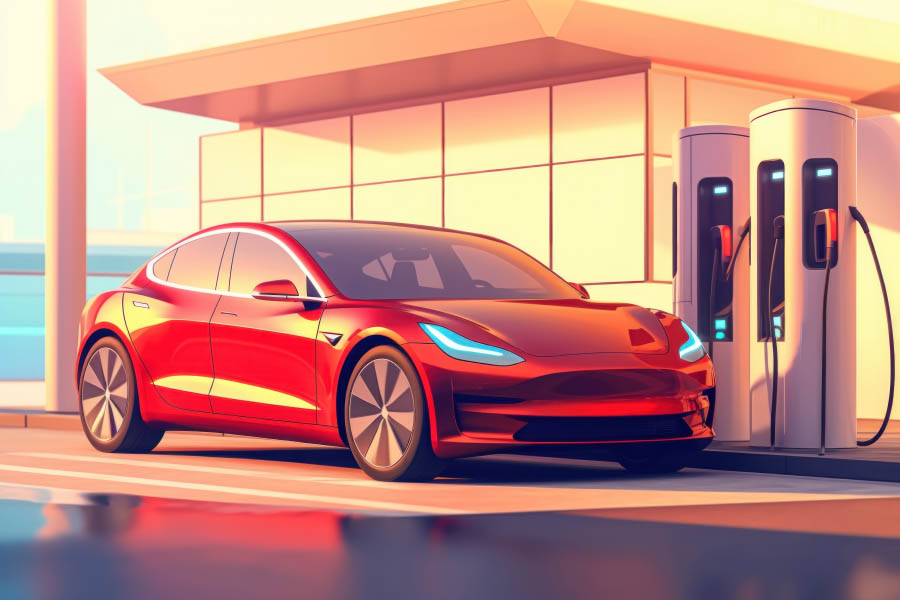
How 1C EV Charging is Solving this issue:
With 1C EV Charging, all you need is a UPI app. Scan the QR code displayed at the charging station, make the payment, and your EV will start charging.
Benefits for Users
This new feature offers several benefits for EV users:
- Convenience: No more need to download and install multiple apps. Just use your existing UPI app to pay and charge.
- Saves Time: Skip the hassle of registering and managing multiple app wallets.
- Flexibility: Use any UPI app you’re comfortable with; there is no need to be restricted to specific apps.
Benefits for the EV Ecosystem
A unified charging experience through QR code scanning can significantly benefit the EV ecosystem in India:
- Increased EV Adoption: Easier charging will encourage more people to switch to EVs.
- Improved Infrastructure Utilization: A more comprehensive range of users can easily access charging stations, improving their utilisation rates.
- Standardization: QR code-based charging paves the way for more standardised and interoperable charging infrastructure.

The Road Ahead: Collaboration is Key
The onus lies on all stakeholders in the EV ecosystem – charging network operators, car manufacturers, and technology companies – to collaborate and create a unified payment solution. Governments can also play a vital role by implementing regulations that encourage standardisation.
A seamless and standardised payment system is essential to ensuring the widespread adoption of EVs. Removing this hurdle can pave the way for a cleaner future powered by electric mobility.
